Beginning Adult Piano Course, Level 1
This course is for adults who are wanting to learn how to read music notation in both treble and bass staves, and play the written notes and rhythms accurately on the piano. Notes are grouped in 5-finger hand positions of C major, G major and F major on the keyboard. 3-note primary chords are introduced in C, G and F for both hands in various accompaniment patterns. Music theory and technique are intertwined with songs using the scales and chords as they are introduced.
Class textbook: "Alfred's All-In-One Course: Lesson, Theory, Technic" by Palmer, Manus and Lethco.
Students must have a keyboard or piano at home for daily practice. Students should aim to practice for approximately 30 minutes every day to achieve good results.


Online Private lessons with Ms. Tracy
I offer private lessons on Mondays, Tuesdays and Fridays between 10am until 4:00pm ET (9am-3pm CT)
45-minute lessons are $74 and meet an average of three times per month.
60-minute lessons are $96 and meet and average of three times per month.
Occasional 60-minute lessons are $99 and meet whenever you like.
Your choice of Zoom or FaceTime
Please contact me for registration and scheduling information. Email me: tracy.loftsgaarden@gmail.com . I will send you an attachment with a few registration/personal inventory forms.

Fundamentals of piano study
The fundamentals of piano study (Classical and Jazz combined) include
- learning the elements of music: tempo, tone quality, melody, rhythm, harmony, dynamics, articulation and form
- learning and playing traditional Western European scales, chords and arpeggios with proper fingering, wrist, arm playing technique on the piano
- learning the Western system of music notation and reading by /notes/fingering/intervals to play written music at sight
- learning jazz modal scales found by starting on different notes (scale degrees) of the traditional major and minor scales, major and minor pentatonic and Blues scales
- learning the chords and their shorthand symbols which are used in reading Jazz/Pop/Rock charts, or lead sheets - often used in professional bands and Jazz ensembles
- learning to play by ear
- learning to improvise
- learning to compose (if it suits you!)
- Standard Classical and Jazz Repertoire - The Greats! Your favorites should be memorized and performed or recorded!
Beginning students learn the elements of music through exercises in lessons which isolate each element into a short, fun activity like clapping and counting rhythms aloud. These exercises engage students to hear, feel, learn and incorporate new knowledge correctly into their thinking and playing. Scales and chords are taught methodically, emphasizing blocked, hand positions. Learning how to think in groups of notes rather than just individual finger numbers, will promote confident, secure playing.

Performances
I used to schedule frequent student recitals so that students always had motivation to practice. Now that I'm teaching only adults, rather than organizing recitals, I am having students record their best playing on their phones and send me their videos. If they are polished enough, I download them on my YouTube channel for families, friends and the general public to enjoy.
To prepare for making performance videos or for playing in public, I teach my students:
- strategies for a successful performance
- memorization techniques
- how to use sheet music in performance
- management of performance jitters
- recital etiquette

Composition/Writing Skills
Some students have an interest in developing their creative musical thinking and opt to create, write, and/or record their own:
-
piano instrumental composition
-
songs for voice with piano accompaniment
-
arrangement of a pop song using their own chord accompaniment patterns with the melody either sung or played on the piano
Writing music notation is labor intensive so most students develop their own compositions by memory rather than actually writing them down on staff paper. As students progress, they may choose to learn how to use a music notation software program such as MuseScore, a free music notation software program, or Finale or Sibelius which are purchased.
Other students simply record their pieces. Many modern day musicians rely solely on sharing recordings rather than fully notated music on staff paper, or they commonly use a musical short hand form of writing, called chord charts, containing the letter chords symbols and only the melody written out on the treble staff.
